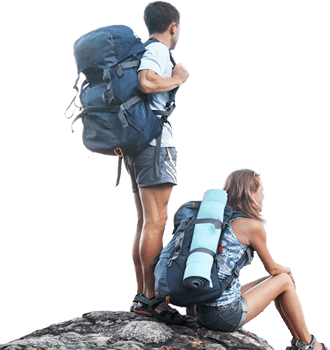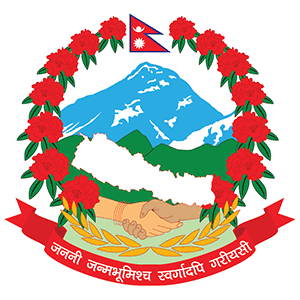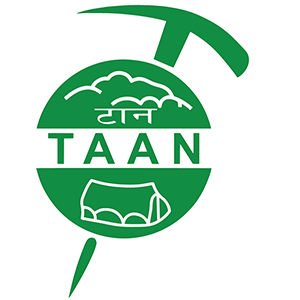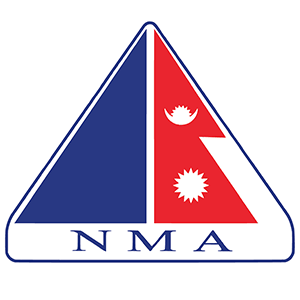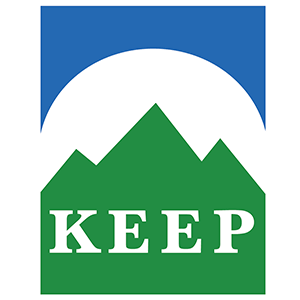Absolutely, altitude sickness is a significant concern when undertaking expeditions at high altitudes. It's great to hear that your expedition is taking proactive steps to address this issue. Here's a bit more information about altitude sickness and how your mitigation strategies can be effective.
Altitude sickness, also known as acute mountain sickness (AMS), occurs when individuals ascend to high altitudes too quickly, without giving their bodies enough time to acclimatize to the lower oxygen levels. Symptoms of altitude sickness can range from mild to severe and might include headache, dizziness, nausea, vomiting, fatigue, and difficulty breathing.
Here are some ways your approach can help mitigate altitude sickness:
Gradual Acclimatization: Your itinerary's gradual ascent allows participants' bodies to adjust to the changing altitude more effectively. This is a key strategy for preventing altitude sickness. By spending extra time at intermediate altitudes before reaching higher points, you give the body a chance to adapt to lower oxygen levels.
Adequate Hydration: Staying well-hydrated is crucial at high altitudes. Dehydration can exacerbate the symptoms of altitude sickness. Encouraging participants to drink plenty of water helps maintain proper hydration levels and can alleviate some of the discomfort associated with AMS.
Proper Rest: Ensuring participants get sufficient rest is important. The body needs more time to recover at higher altitudes due to reduced oxygen levels. Ample sleep and breaks during the ascent can aid in minimizing the risk of altitude sickness.
Awareness and Education: Educating participants about the symptoms of altitude sickness, and the importance of reporting any discomfort early, can help identify and address issues promptly.
Emergency Protocol: In addition to gradual acclimatization, having a clear protocol in place for dealing with altitude sickness is essential. This might include descending to lower altitudes if symptoms become severe or worsen despite preventive measures.
Medical Support: Having medical personnel or supplies on hand can be valuable for addressing altitude sickness cases that do arise. They can provide advice, administer medication if necessary, and offer medical assistance.
Remember, while gradual acclimatization and other measures can significantly reduce the risk of altitude sickness, some individuals may still be more susceptible than others. Monitoring participants closely, maintaining open communication, and adapting plans if needed are key elements in ensuring their safety and well-being during the expedition.


